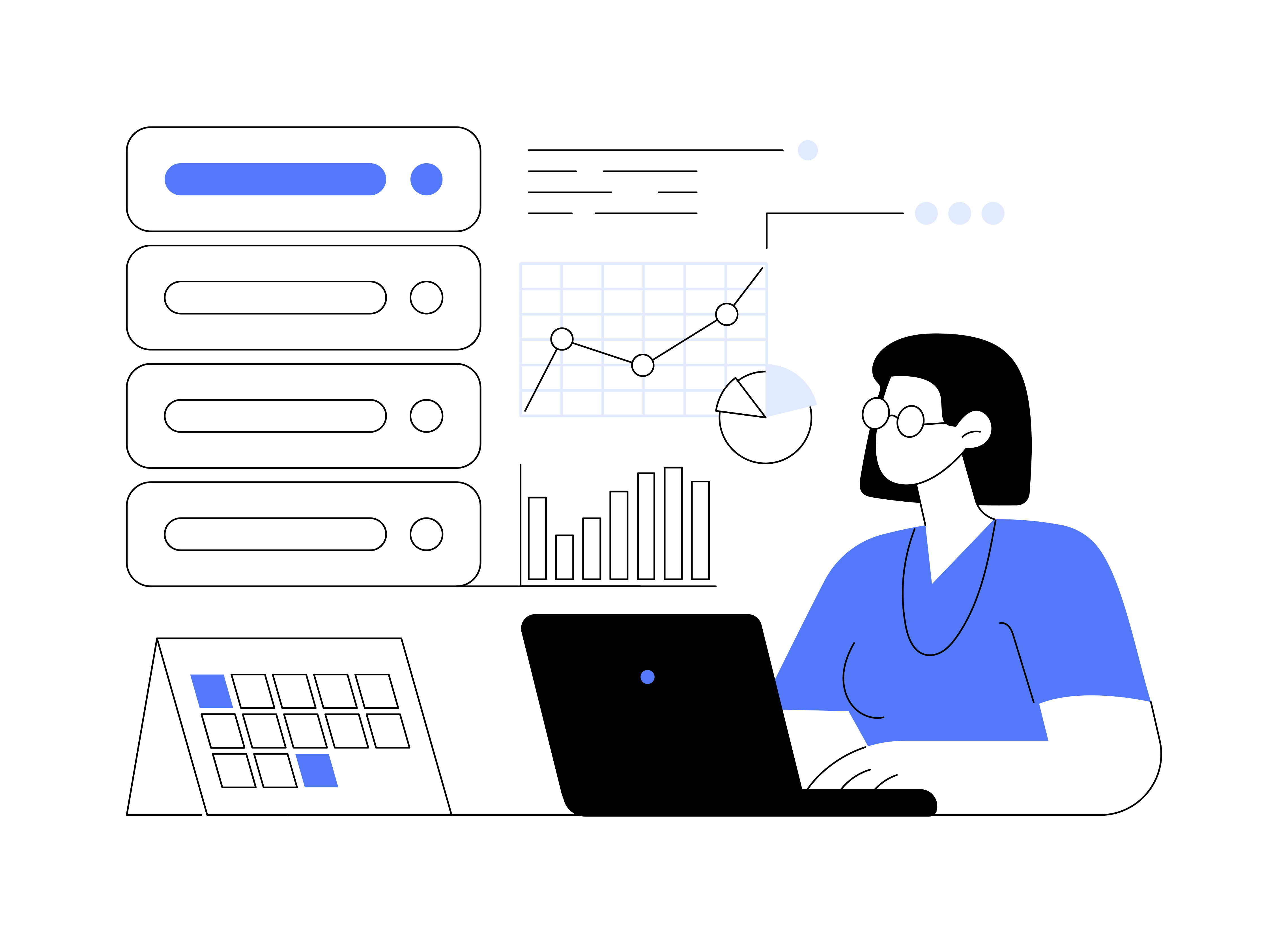Consumer behavior in marketing refers to the study of individuals and groups associated with the purchase and use of goods and services, as well as the consumer’s emotional, physical, and mental responses surrounding these activities.
In order to be prosperous in today’s world, marketers need to know what consumers need, what they think about, how they spend their time, and how they spend their money. Knowing the influences that affect the decisions of the customer is very important for marketers. The interdisciplinary social science of consumer behavior analysis gathers aspects from anthropology (particularly social anthropology), ethnography, economics (particularly behavioral economics), marketing, sociology, and psychology. Included in studying consumer behavior are studies of demographics, lifestyle, personality, and variables like brand advocacy, brand loyalty, usage rates, usage occasion, outside influences, and willingness to make referrals.
Effects of Consumer Behavior on Marketing Strategies
Consumer behavior is concerned with all aspects and activities of purchasing behavior as well as all people involved in purchasing decisions. It is one of the most important aspects of marketing. Here are some effects that the study of consumer behavior is having on marketing strategies.
1. Internet research
Many companies are now using the internet to carry out a lot of research on consumer behavior, including the consumer’s activity on the Web. The findings help businesses figure out the most appealing product attributes, best sales promotions, the right price, the optimal market conditions, and the best places in which to sell. The Internet is a very powerful yet cost-effective tool for marketing research. Its flexibility regarding consumers’ shifting demands and ability to pinpoint specific target areas make it very useful.
2. The elaboration likelihood model
Marketers use the elaboration likelihood model (ELM) to help figure out whether a central or peripheral route of communication would be best for a given audience based on their connection or the amount of loyalty they have towards a cause, brand, service, or product. Marketers will use a central route of communication for consumers who are highly involved with the subject, while a combination of multiple approaches through peripheral means is popular for communicating and influencing consumers who are less devoted to the issue.
3. Complex consumer decision making
This is one type of buyer behavior that comes with a lot of involvement on the consumer’s part, as it is usually associated with expensive or high-end products or services that the consumer will want to do a lot of research on before he makes a decision. This complex decision-making usually involves looking at reviews of different brands and products that lead toward a better-informed choice.
4. Sales forecasts
Sales forecasts are used to estimate the expected amount of sales for a specific market throughout a specific period of time. Sales forecasts cannot be higher than the potential of the market and use different methods such as quantitative and qualitative forecasts. Quantitative forecasts make their predictions based on past sales, while qualitative forecasts predict the sales of a product or service based on the opinions of experts in the field. Businesses can study the past behavior of consumers in order to determine what should be contained in sales forecasts.
5. Supply and demand
Supply and demand are one of the most basic models in economics and consists of the proportion between the amount of supply for something and the amount of demand for that which is being supplied. Consumer behavior greatly affects supply and demand. There are two different types of supply and demand situations that affect the types of marketing strategies that are deployed for a product or service. The first situation is when there is an abundant supply and demand is scarce, and the second situation is when there are scarce supply and the demand it is great. Assessing these two comparative ratios is extremely useful for marketers to gain insight into consumer behavior and how they should market their products.
6. Consumer psychographics
Similar to demographics, psychographics is a way to find out more about your customer. It is a type of methodology that includes the study and classification of consumers according to psychological criteria and their attributes, such as attitudes, aspirations, opinions, interests, values, lifestyles, and personalities. There are two main ways that the study of consumer activities, interests, and opinions can help affect marketing strategies. First, understanding consumer psychographics can affect the way in which marketers choose to communicate with customers. Second, it can change the way marketers build messages that are meant to capitalize on or influence consumers with already existing opinions.
7. Market sensing processes
This refers to a set of processes and research techniques that help marketers and management teams better understand the external market. These processes help businesses get a competitive advantage because they have a deeper knowledge of consumers and purport to predict, or “sense,” which way the market will swing in the future. It is not so much consumer behavior as it is predictive consumer behavior.
At one time or another, we have all shopped online or in a store. What pulls us in and what pushes us away is the difference between good and bad marketing. Understanding customer behavior is critically important to understanding what drives your buyer to purchase your product and stay loyal to your brand. Stay open to what customers are saying and implement their suggestions and ideas into your marketing strategy to stay relevant and keep growing your brand.





